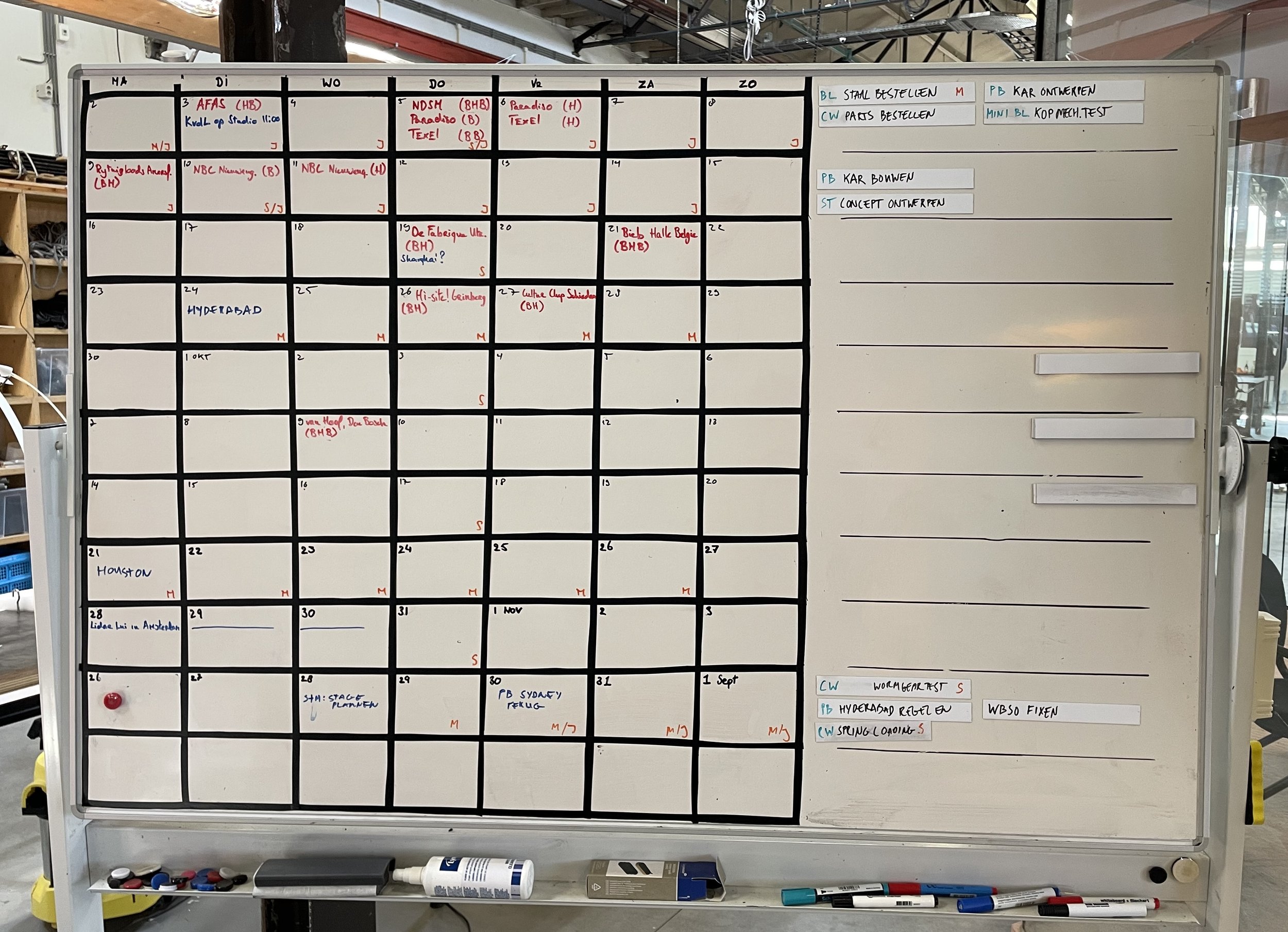Day-to-day
How We Stay Organized and Keep Things Moving
Your first day at VOUW
1. What to Bring
Computer: Bring your own computer for work.
Work Clothing: Wear comfortable and practical clothing. A t-shirt and normal pants that can get dusty or dirty are ideal. Heels and long nails aren’t recommended. For tasks like painting, we have work suits and steel-toed covers available.
Notebook/iPad: Bring a notebook or iPad if you prefer. We encourage communication through simple sketches.
2. Set up
Join our WhatsApp group: Join our team WhatsApp group for quick communication: https://chat.whatsapp.com/KinSe2JpMhp4DcAK6HPbVS
Join our to do list: Your to do list should not live in your head. That’s where task managers come in. We highly encourage using a to-do list for personal use. You can follow Rick Pastoor’s recommendations to find a system that works for you.
Share your personal info: Email your IBAN and account name for salary processing, along with your emergency contacts, any allergies, and any other important information we should be aware of, to admin@vouw.com.
Email: Use your own email account for internal communication. We’ll create a specific email account for you if you’ll be contacting suppliers or clients.
Software: While there’s no mandatory software to install before you start, we commonly use Google Drive, Illustrator, Photoshop, Figma, Framer, Squarespace, Fusion 360, Blender, Rhino, 1Password, Cura, Google Docs, Google Slides, Google Sheets, Google Meet, and WhatsApp for communication.
3. Learn about VOUW
On your first day, you’ll have time to get to know our studio. We’ll also start with a group meeting so you can meet everyone and address any questions.
Read the handbook: Get to know our history and how we work
Meeting the Team:
Justus Bruns: Co-founder focused on organization, business development, communication, and client management. Justus also oversees our sister company, Convince.
Mingus Vogel: Co-founder responsible for design, creating proposals, communication, and leading R&D efforts. Mingus divides his time between computer-based work and hands-on tasks in the workshop.
Simon Luitse: Director of Engineering, responsible for overseeing R&D, production, testing, and maintenance. Simon also manages the Poem Booth schedule.
Gervaise Coebergh: Founder of The Blue Room, Gervaise assists VOUW in business growth and development. She will be at the studio periodically.
Workspace Tour: Simon will give you a tour of the workspace, introducing you to all the machines. Reading through the handbook beforehand will help you become familiar with the tools—we want you to be comfortable using them.
4. Familiarise yourself with the tools and our work
Instruction videos: Watch the instruction videos on the workshop page. Make sure you have watched the tutorial of any tool in the studio before using them. For your first use, also always ask Simon or Mingus for assistance, or Justus if it’s computer-related.
Project Videos: Watching the repair videos below of our projects to get a better understanding of our work.
Weekly planning session
Time: Every Monday at 10:00 AM.
Place: We meet at the whiteboard
Purpose: We start the week with a planning session where we review last week, look at upcoming projects & goals and plan the week ahead using the shared To Do list.
Expectations: Everyone, including interns, is expected to be proactive. Don’t wait for tasks to be assigned—speak up and share your thoughts. We use a simple calendar overview that shows the next 10 weeks to stay organized and focused.
The Whiteboard Schedule
We use a whiteboard to keep track of the schedule and tasks:
In Red: Deadlines and reservations
In Blue: Appointments and planning
In Orange: People—absences are noted in the bottom right corner, while task assignments are indicated next to specific tasks
In Green: Projects
On the left side of the whiteboard is the calendar, displaying important dates and milestones. On the right side are the specific tasks we aim to complete during the week.
Workflow & expectations
How we work and divide tasks.
80/20 Rule: We aim to accomplish 80% of the work in 20% of the time. Constantly evaluate whether you’re working on the right tasks. Every 30 minutes, ask yourself if you’re doing what you should be doing.
Task Ownership: We work in groups as little as possible—each person takes on a task and pushes it as far as they can, as long as it remains efficient.
Based on Expertise: Tasks are assigned based on expertise. The person who is best suited for a task should do it. We’re here to get things done, not to spend unnecessary time learning something that others can do more efficiently. For example, if someone can complete an Excel task in five minutes while it would take you five hours, they should handle it.
Competence
We are always…
Proactive: When we have nothing on our plate, there is always something to fix or organize that may not be urgent but is still important. This can be simple tasks like cleaning the workshop or doing the groceries, but it can also include more complex tasks, like working on a plan to improve our sales strategy. Check the To Do list if you have nothing on your hands.
Determined: We want to get it right and make it work, despite any constraints. We often say, “We’re not doing this because it’s easy, but because we thought it was easy.” We’ll keep going until it’s done.
Communicative: We communicate bad news very quickly—often faster than good news. This is mainly to inform our customers and let them know we’re on it. People like to know we are here to make things work, always and at any time.
Curious: Fixing something doesn’t mean it’s the only way; there is always a smarter and better approach with less friction. We’ll do everything it takes to improve, whether in processes or our own work.
On time: Being on time is a basic commitment. It shows respect for others’ time and keeps our work flowing smoothly. When you have an appointment, whether with colleagues or clients, or when there is a deadline, being on time is non-negotiable. We rely on each other to manage time responsibly and be present when it counts.
Growth path
Our work is about more than just a job; it's about building the Slowtech future we envision together. That's why we reward contributions that directly help turn that vision into a reality: by saving time in our operations and by earning more money from our existing works. The greater your contribution to these goals, the greater the chance of being rewarded for your efforts.
Work Smarter: You'll be rewarded if you find a process that saves us time, such as a faster way to pack the Bloomlights or automating an administrative task.
Build Better Products: You'll be rewarded for improving product quality, which leads to fewer complaints and repairs. For example, finding a way to make a product more durable, like protecting the Chairwave's wiring.
Reduce Costs: You'll be rewarded for finding a more efficient or cost-effective way to build something. This could be discovering a more affordable, yet equally high-quality supplier for a Bloomlight S component.
Increase Customer Satisfaction: You'll be rewarded for solving customer problems, which strengthens VOUW's reputation and increases the likelihood of new contracts.


